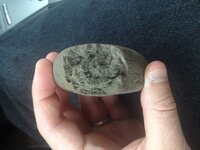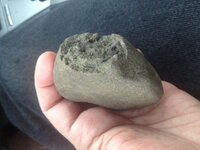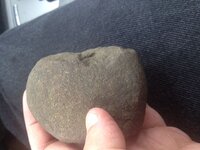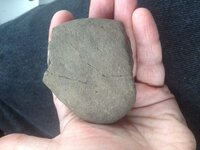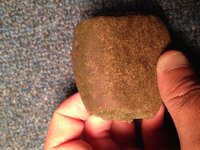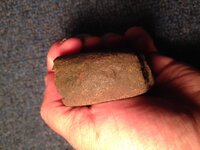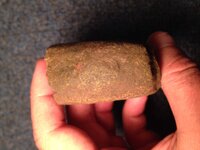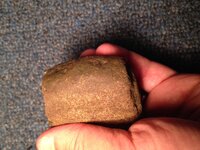autographcollector11
Sr. Member
- Sep 18, 2011
- 338
- 175
Found on a friends property-small native site at one point. Looks like a pecking or hammer stone. The hairline cracks are interesting. Is it a hammer or pecking stone?
Attachments
Upvote
0


